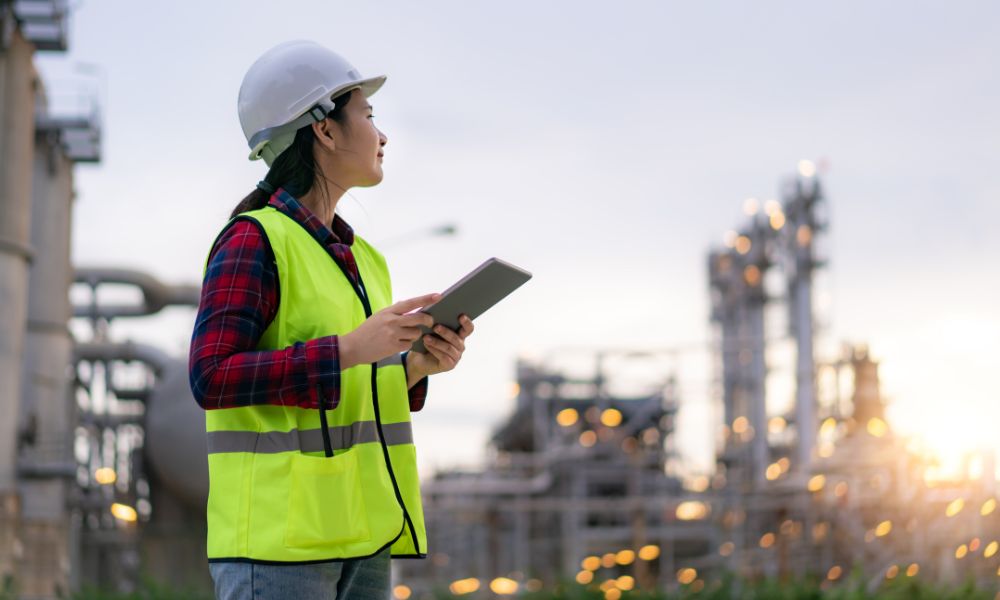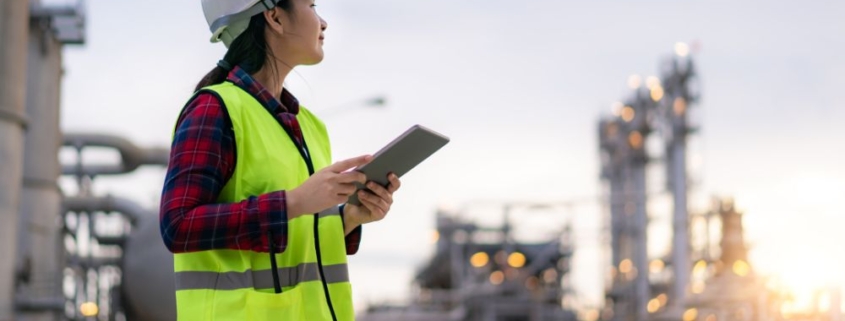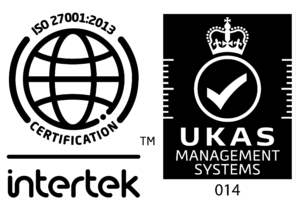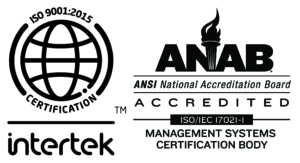
Managing a successful emissions control program at your petroleum facility is no easy task, especially with the endless list of rules and regulations specific to this industry. Read this guide on understanding LDAR requirements for refinery operations to ensure better compliance and overall business performance.
Who Enforces LDAR Requirements?
Before we dive into specific LDAR requirements, it’s important to understand which governmental bodies and organizations actually set these regulations. The United States Environmental Protection Agency (EPA) creates and enforces sweeping emissions standards for refineries, along with local jurisdictions and Department of Environmental Protection (DEP) branches. However, a large portion of U.S. refineries self-enforce LDAR requirements equal to or greater than those from the EPA, DEP, and others.
Independent auditing and self-reporting help identify and rectify compliance issues faster and more effectively than third parties. Furthermore, it reduces costs for both governmental agencies and refineries themselves. Of course, LDAR programs are only effective if you enforce and meet specific requirements.
Which LDAR Elements Are Impacted?
There are three main elements to all LDAR programs: identification, monitoring, and repair. Notably, LDAR rules and regulations impact all of these elements to some extent. For example, leak identification requirements range from tagging standards to survey best practices, including the importance of a coded equipment labeling system and compliant action plans. Leak monitoring requirements impact the frequency of audits and equipment inspections.
Some jurisdictions enforce upwards of three visits a year, while other refineries simply conduct these reports independently. Finally, repair requirements include any operation related to fixing leaks and related emissions complications, such as repair expenses and detailed records of incidents. As you can see, LDAR requirements are far-reaching and impact your entire operation.
The Importance of Compliance
So, why is it so important for refineries to practice compliance when managing their LDAR systems? For starters, LDAR programs reduce health and environmental hazards associated with toxic emission leaks. Thanks to dedicated technicians, advanced software, and highly sensitive monitoring equipment, refineries can identify and rectify significant issues faster than ever in human history.
However, these innovations are for naught without compliance with EPA standards and self-regulation. Ultimately, these protections are in place to prevent toxic exposure in your workforce and contamination and pollution impacting surrounding ecosystems and communities.
Understanding LDAR requirements for refinery operations ensures better protections for individuals and the environment, enhanced operational performance, and overall better working conditions for everyone. Stock up on helpful LDAR equipment from our team at LDARtools, including advanced software and FID meter products.





